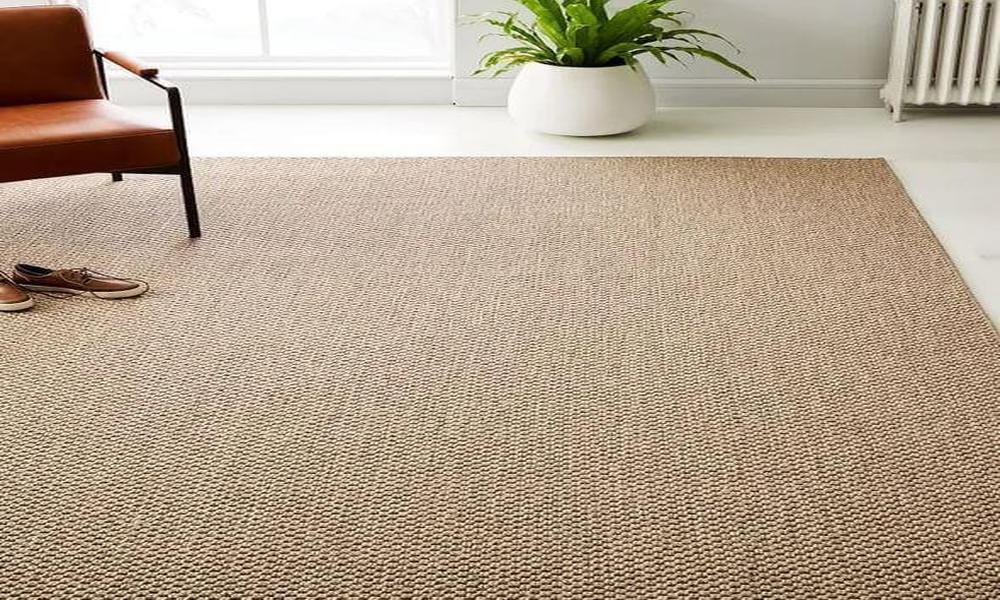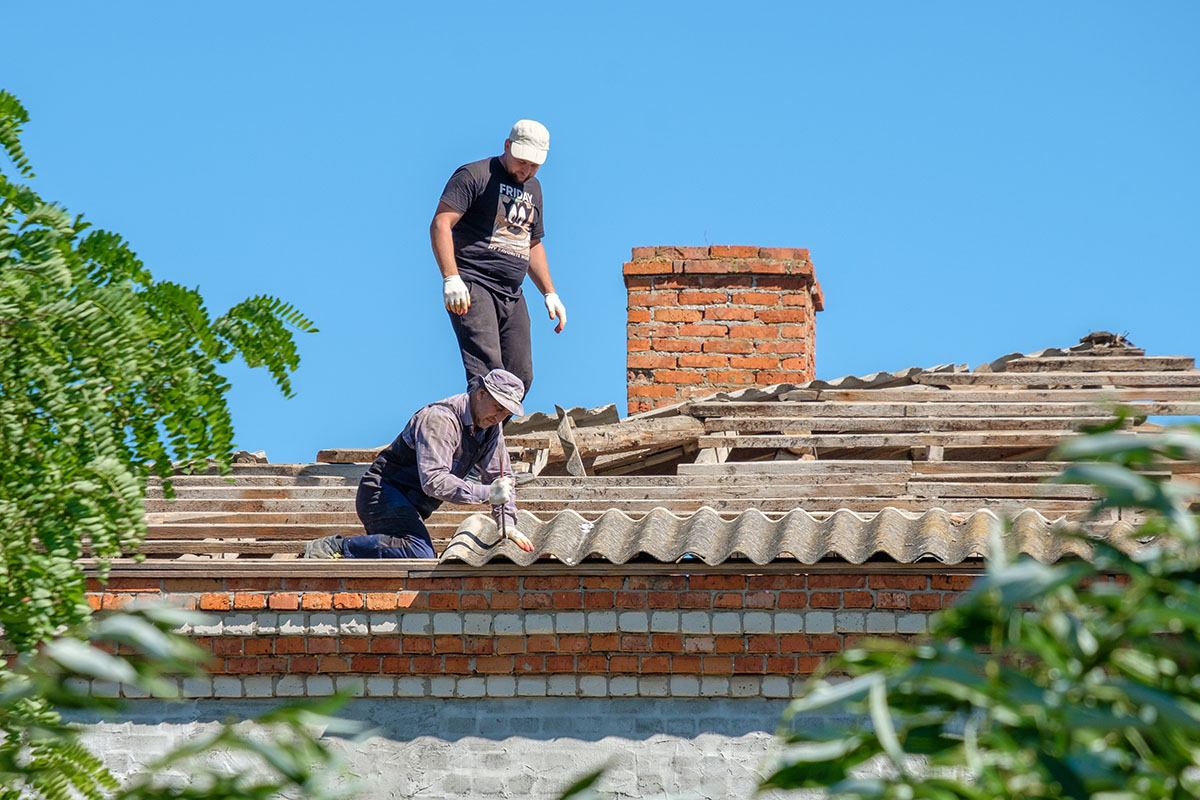
This guide is for you if you’re thinking about installing new flooring and have settled on rubber flooring. Rubber flooring, like every other flooring option, has advantages and disadvantages. As we all know t works well in high-traffic areas, has superb acoustics, and requires less upkeep. However, it is more expensive upfront and necessitates dry-fitting throughout the installation. I’m writing this blog to go over these things in-depth, as well as where and how rubber flooring is employed.
First, consider where it is most commonly used. Rubber flooring is commonly used in three industries due to its durability and safety advantages: education, fitness, and healthcare. For many years, it has been a popular commodity in the educational sector. Rubber flooring is frequently used in health clubs and gyms. And it’s everywhere in hospitals, from private rooms to cafeterias and communal areas. Rubber flooring meets the demands of these vast and heavily frequented areas well.
If you are uncertain about whether to utilize rubber sheeting or tile, consider aesthetics and applicability. In general, if there is a big open space, we suggest a rubber sheet since it has fewer seams. Having fewer transitions is beneficial since it reduces the possibility of hazardous material accumulation. We occasionally see vast open sections with tiling. With modular versions of the product, you have greater design flexibility with things like color and quarter turning, thus tile is sometimes used to create a certain aesthetic even in wide-open spaces.
- Rubber flooring, whether sheet or tile, keeps up exceptionally well in high-traffic areas over extended periods, making it a solid investment.
- Another advantage of rubber is its softness underfoot. This feature generates a lot of interest. Rubber flooring is comfortable to walk on and is inherently fall resistant. This offers it a secure alternative when there are a lot of people wandering around.
- Since rubber is softer than most other hard surface materials, it is softer. Rubber’s sound attenuation is especially beneficial in broad open areas.
- Rubber is a natural resource. Rubber manufacturing is less harmful to the environment than other flooring materials such as PVC (polyvinyl chloride). Some prefer and appreciate non-PVC items, and the most common and popular alternative is rubber.
- There are several possibilities for rubber flooring. Rubber flooring comes in a variety of colors and forms that may be combined with the concept of your area. These are useful for transitioning from one type of flooring to another or from one location to another.
Now let’s talk about the disadvantages of rubber flooring.
- Rubber flooring has three drawbacks that have been identified. The primary disadvantage is the expense. Rubber often has a higher initial cost. However, because of how long the product lasts and the lower maintenance expenses, the cost is lower throughout the life of the product.
- Since rubber is created from organic ingredients, there is greater variety than with PVC-based printed items.
- In certain circumstances, LVT is harder to install than rubber. Any commercial hard surface product requires expert installers because it involves an understanding of the adhesive and subfloor.




